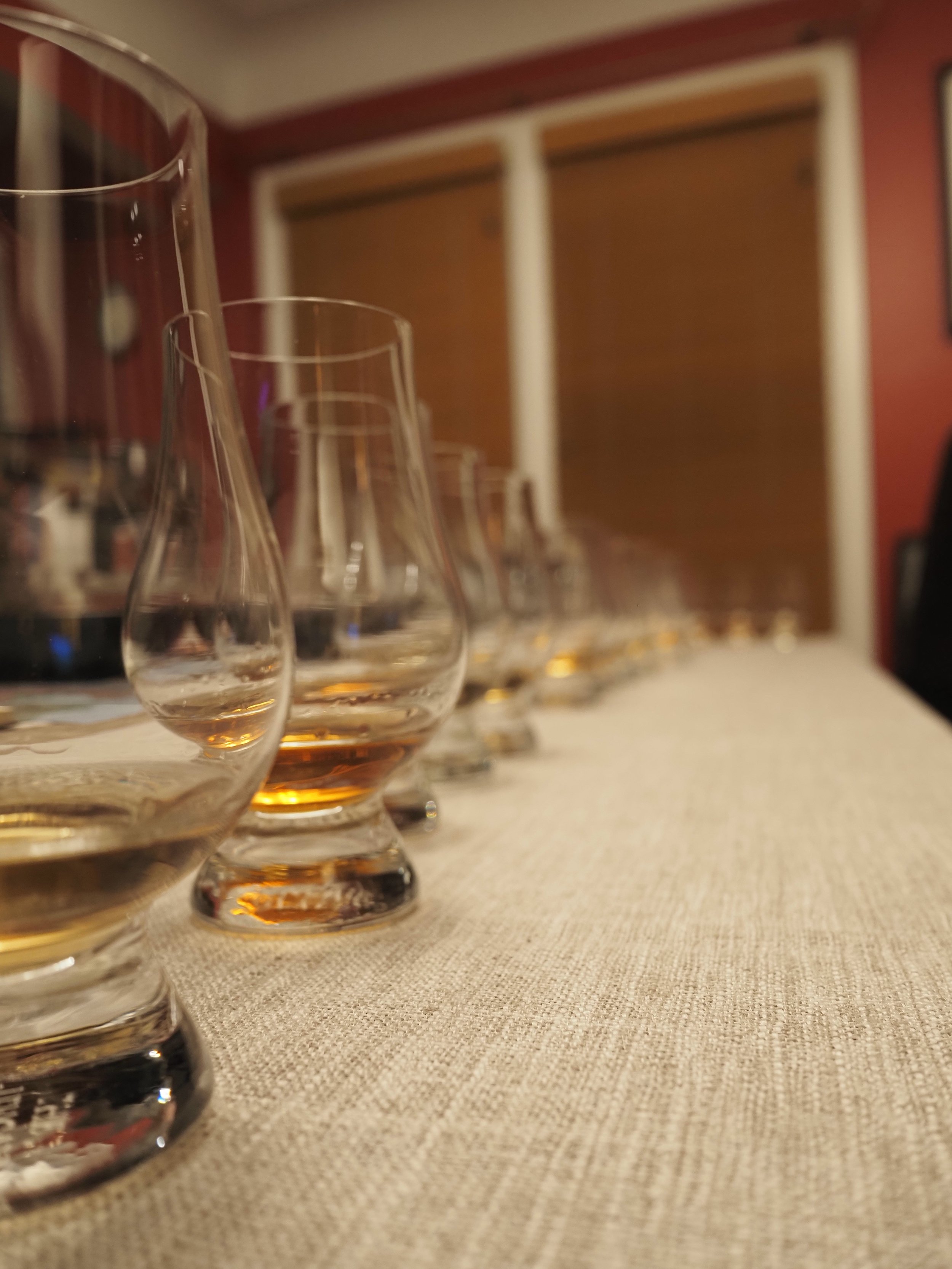
The Scottish History of Brewing and Distilling Single Malt Scotch Whisky
Origins: Brewing, Distilling, and the Roots of Scotch Whisky
Origins: Brewing, Distilling, and the Roots of Scotch Whisky
The history of single malt Scotch whisky is deeply woven into the fabric of Scotland’s culture, dating back over a thousand years. Before distillation, brewing was already well established in Scotland, with ancient Celts fermenting grain to create early forms of ale. When distillation techniques arrived—likely brought by monks traveling from Ireland in the early medieval period—these brewing traditions evolved into the production of aqua vitae, or “water of life” (Latin: aqua vitae, Gaelic: uisge beatha). Over time, uisge beatha was shortened to whisky.
Early Distillation and Taxation (15th-18th Century.
The first recorded mention of whisky distillation in Scotland appears in the Exchequer Rolls of 1494, documenting that King James IV ordered “eight bolls of malt” to be used by a monk named Friar John Cor to produce whisky. This suggests that distillation was already a practiced craft, likely carried out in monasteries and by local farmers using surplus barley.
By the 17th and 18th centuries, whisky distillation had spread beyond monastic communities, becoming a common rural practice. However, as whisky gained popularity, government regulation followed. In 1644, Scotland imposed its first excise tax on whisky production, prompting many distillers to go underground. Illicit distillation flourished, particularly in the Highlands, where small-scale producers operated hidden stills in remote glens and valleys. Smuggling became widespread, and clandestine whisky production thrived under moonlit nights, contributing to the development of whisky’s mystique.
The Birth of Legal Distilleries and Modern Whisky Production (19th Century)
The turning point for Scotch whisky came in 1823 with the Excise Act, which made legal distillation more accessible by reducing taxes and licensing fees for registered distilleries. This legislation encouraged illicit distillers to go legitimate, giving rise to many of today’s historic distilleries.
During this period, advancements in distillation technology also transformed whisky production. The invention of the continuous still (also known as the Coffey still) in 1831 made grain whisky production more efficient. While this technology primarily benefited blended whisky, traditional pot stills remained essential for crafting single malt whisky, preserving the depth and complexity of its character.
The late 19th century saw the rise of whisky exports, particularly to England and across the British Empire. When phylloxera devastated European vineyards and crippled the French cognac industry, Scotch whisky emerged as a favored alternative, solidifying its place on the world stage.

“I began my journey here and it transcended to here.”
— Dan Kujawski
The Challenges & Triumphs of the 20th Century
The 20th century brought both challenges and innovation to Scotch whisky. Prohibition in the United States (1920–1933) and two World Wars disrupted production and international sales, forcing many distilleries to close. However, whisky endured, with brands that survived becoming even more established.
Following World War II, Scotch whisky experienced a resurgence, driven by increasing global demand. Advances in maturation techniques, including the use of oak casks from sherry and bourbon production, added new layers of flavor, enhancing whisky’s complexity. By the 1960s and 1970s, Scotch whisky had cemented its reputation as a symbol of refinement and craftsmanship.
The Single Malt Renaissance.
Late 20th-21st Century.
For much of the 20th century, blended whisky dominated the market, while single malts were often reserved for local enjoyment or blending purposes. However, in the late 20th century, a new appreciation for the artistry of single malt whisky began to grow. Consumers became more interested in whisky’s origins, production methods, and unique regional characteristics.
Distilleries began to emphasize terroir, cask influence, and age statements, leading to an explosion of variety in the market. Limited editions, cask-strength releases, and experimental finishes (such as aging in wine, port, or rum casks) became popular. The emergence of whisky festivals, tasting events, and specialized whisky bars fueled the modern appreciation of single malts.
The Sensory Experience of Single Malt Scotch Whisky Today
Today, single malt Scotch whisky is celebrated as an experience that engages all the senses.
Sight: The whisky’s hue, ranging from pale gold to deep amber, tells the story of its maturation—shaped by years in oak casks that impart color and complexity.
Nose: Aromas swirl from the glass, revealing layers of honey, vanilla, spice, peat smoke, fruit, or floral notes, depending on the region and cask type.
Taste: The first sip unveils a spectrum of flavors—sweet malt, dried fruits, toffee, brine, or a smoky embrace—evolving across the palate.
Finish: A lingering warmth remains, echoing the whisky’s heritage, craftsmanship, and the rich landscapes that shaped it.
From the peaty, maritime malts of Islay to the honeyed, floral expressions of Speyside, each whisky reflects the region where it was crafted. Whisky enthusiasts today seek not just a drink but an immersive journey—one that connects them to Scotland’s history, traditions, and landscapes with every dram.
The Future of Single Malt Scotch Whisky
As whisky-making continues to evolve, sustainability and innovation are shaping the industry’s future. Many distilleries are adopting eco-friendly practices, such as reducing water consumption, using renewable energy, and sourcing sustainable casks. Meanwhile, experimental cask finishes and grain varieties push the boundaries of tradition, ensuring that Scotch whisky remains dynamic while honoring its centuries-old legacy.
Conclusion
The story of single malt Scotch whisky is one of resilience, craftsmanship, and continuous refinement. What began as a rustic spirit distilled in remote Highland glens has become a globally cherished symbol of tradition and sensory delight. Whether sipped by the fireside or explored through a guided tasting, each dram carries the essence of Scotland’s rugged landscapes, skilled hands, and rich history—inviting whisky lovers to savor not just the drink, but the story within the glass.


